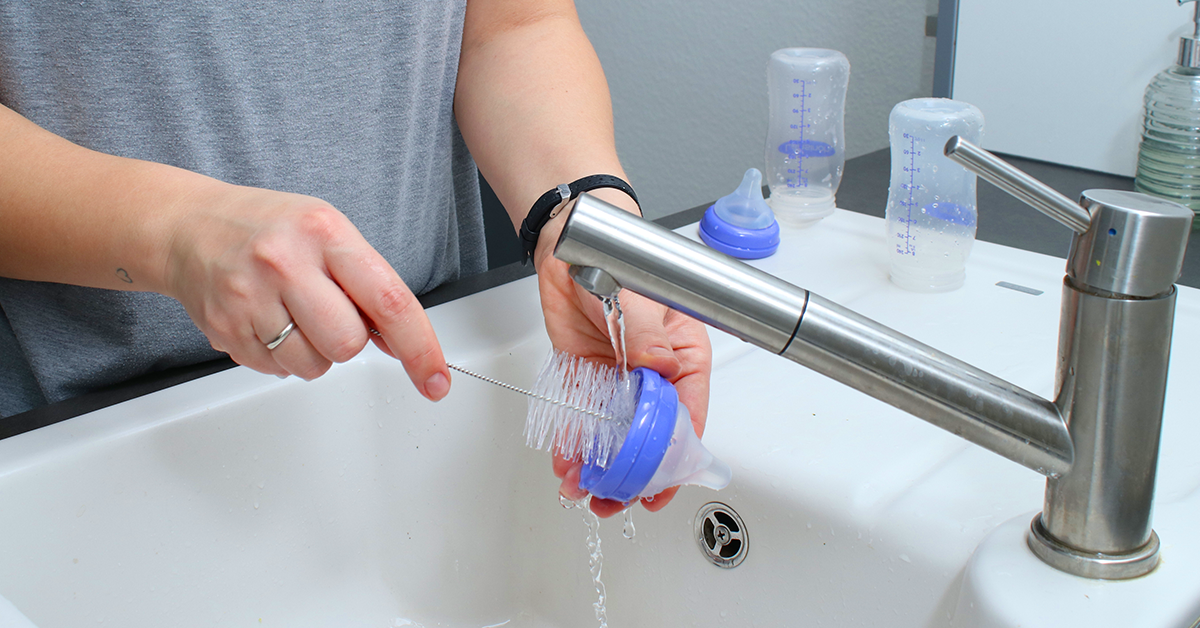HR Newsletter
Posted on: April 24, 2024
Protecting Workers from the Heat, An Increasingly Regulated Responsibility

During the summer months, an increase in temperatures and humidity can result in more cases of heat illness. However, hazardous heat exposure can occur during any season if the conditions are right. We’ve provided an overview of key areas to know, to help employers better understand heat protections for their employees.
U.S. Occupational Safety and Health Administration standards
Over the years, the U.S. Occupational Safety and Health Administration (OSHA) has implemented dozens of standards (or regulations) governing workplace safety, many of which cover specific industries, work environments or hazards. To date, there are no federal safety standards specific to heat exposure, but OSHA is currently gathering information for the purposes of proposing one in the future.
Keep in mind that federal law and regulations already do require employers to provide a place of employment that is “free from recognized hazards that are causing or are likely to cause death or serious physical harm to employees,” which, depending on the workplace, could include heat-related hazards. This is commonly known as the General Duty Clause. To prove a violation of the General Duty Clause, OSHA must demonstrate that:
- The employer failed to maintain its workplace free from a hazard to which employees were exposed;
- The hazard was recognized in the industry;
- The hazard was likely to cause death or serious physical harm; and
- There was a feasible and useful way to correct the hazard.
State requirements
By way of background, employers in certain states are subject to the regulations and policies of an OSHA-approved state program, which must have standards at least as strong as federal OSHA’s standards but can be more stringent. Heat exposure is one area where some state programs have increasingly gone beyond federal standards. An overview of these state requirements follows.
California
California's rules require employers to provide training, water, shade and planning for workers exposed to heat. A temperature of 80°F triggers the requirements. Heat illness prevention training is required for all outdoor workers and a written prevention plan must be available at all outdoor worksites. The standard applies to all outdoor places of employment such as those in the agriculture, construction and landscaping industries. A heat illness prevention regulation for indoor places of employment is currently being developed.
In California, employers must also permit (and encourage) employees to take a cool-down rest in the shade for at least five minutes when employees feel the need to do so to protect themselves from overheating.
An individual employee who takes a preventative cool-down rest must:
- Be monitored and asked if they're experiencing symptoms of heat illness;
- Be encouraged to remain in the shade; and
- Not be ordered back to work until any signs or symptoms of heat illness have abated (this rest must be at least five minutes plus the time needed to access the shade).
Employers that fail to provide employees with a compliant cool-down rest when needed must pay the employee one additional hour of pay at the employee's regular rate of pay for each workday it isn't provided.
Colorado
In 2022, Colorado adopted rules that require all agricultural employers to comply with certain practices for helping prevent heat illness, including the provision of water, shade, cool-down breaks and training. For example, agricultural employers must provide employees with potable water, and the opportunity to drink it, as follows:
- At least 32 ounces of water per hour per employee, kept 60°F or cooler, by any means the employer chooses, such as providing: (1) a tap or fountain supplying water in that temperature range, or (2) a supply of water kept within that temperature range as much as possible (e.g., in a refrigerator or enclosed cooler in the shade) and, if the temperature would rise out of the range, is replenished or re-cooled (e.g., by adding ice);
- From a sanitary source, whether a fountain, tap, or individual cup or container;
- With employees permitted time to drink water and use restrooms during shifts as needed, including by providing water where it is available during shifts and breaks; and
- Located as close as practicable to the worksite, no further than 0.25 miles from the worksite for employees accessing the water source by foot, and not otherwise too far for employees to reasonably access.
Minnesota
In Minnesota, the state’s heat illness prevention rules apply to indoor work environments only. They prohibit employers from requiring employees to work in conditions that exceed certain values and require training for employees exposed to heat.
Oregon
Adopted in 2022, Oregon’s rules for preventing heat illnesses apply to workplaces whenever an employee is working and the heat index equals or exceeds 80°F. This is also true when the outside ambient air temperature increases the indoor heat index to equal or exceed 80°F. These rules require access to shade, drinking water, acclimatization (gradually adapting the body to work in the heat), effective communication in the event of an emergency, and annual training. More requirements apply when the heat index exceeds 90°F, such as rest breaks at specified intervals.
Washington
In Washington, heat illness prevention rules apply to all employers with employees who work outdoors. In July 2023, the state amended the rules to lower the action level for many of the preventive steps from 89° F to 80° F (52° F if workers are required to wear non-breathable clothing such as chemical-resistant suits) and make other changes. The amended rules require employers to:
- Address outdoor heat exposure safety as part of their required Accident Prevention Program.
- Provide annual training to employees and supervisors on symptoms of outdoor heat exposure and policies in place to prevent heat-related illness.
- Provide both a sufficient amount of cool drinking water to employees along with opportunities to drink the water.
- Provide adequate shade (or alternative cooling methods) at all times, to allow for access to prevent or respond to heat illness.
- Encourage and allow workers to take paid, preventative cool down rest periods so they don’t overheat. When temperatures are 90°F or hotter, require workers to take additional paid, cool down rest periods of at least 10 minutes every 2 hours. Longer and more frequent breaks are indicated when temperatures continue to rise to 100°F.
- Closely observe employees as they acclimatize to the heat, including new employees, those returning from absences, and all workers during a heat wave.
- Have emergency procedures to respond appropriately to any employee with symptoms of heat-related illness.
- Make sure supervisors and employees always have a way to communicate with each other so they can promptly report heat illness and get medical assistance.
The state is also contemplating rules that would apply to indoor workplaces.
Conclusion
As you prepare for the summer and warmer months, make sure you are taking the necessary steps to protect your employees from heat hazards.



